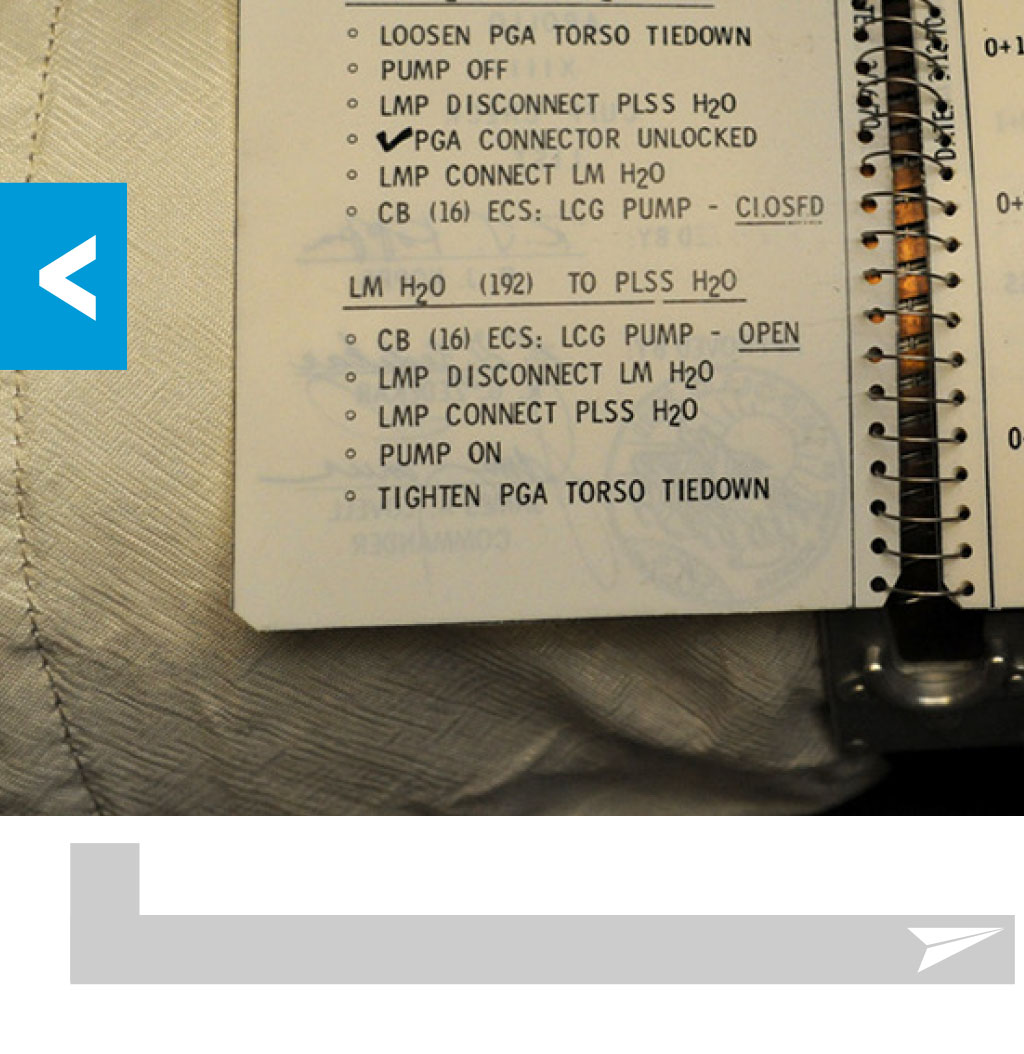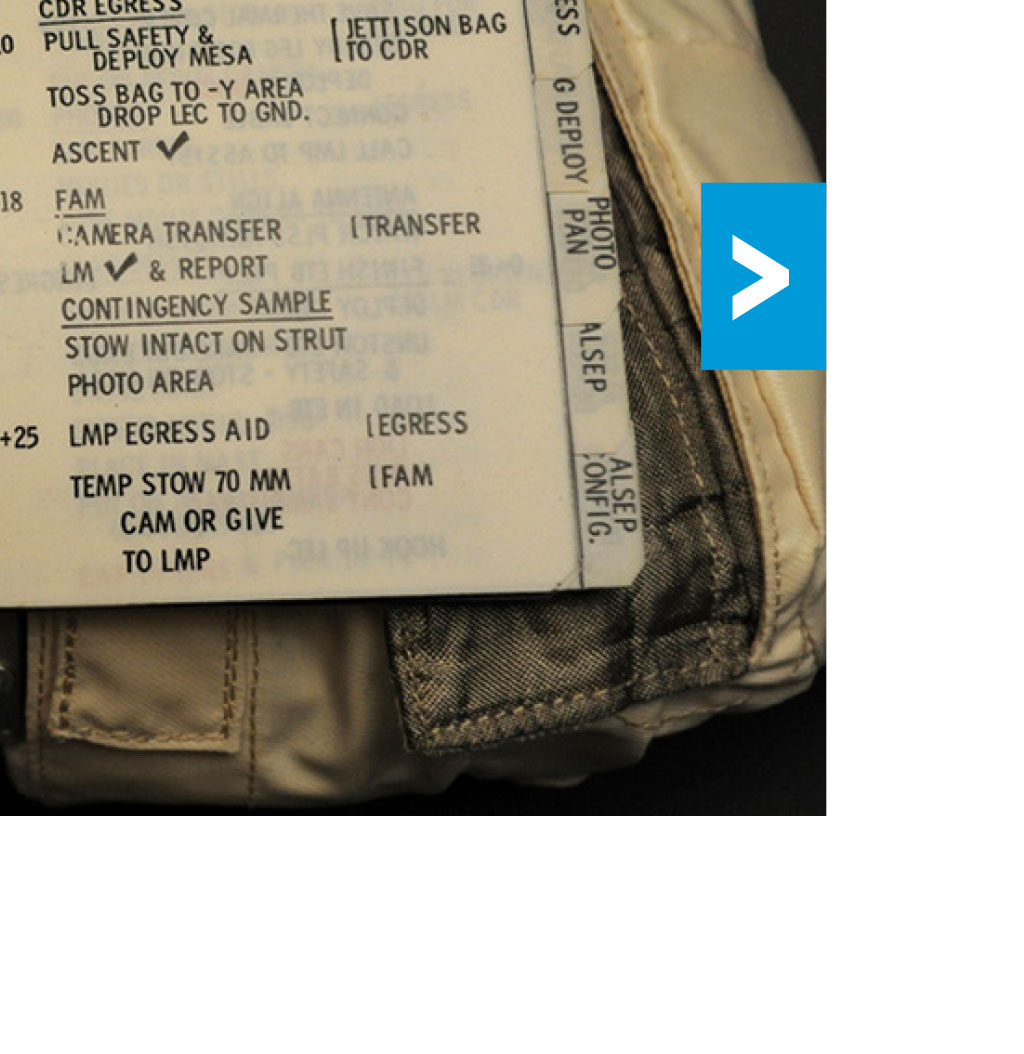




























CHECKLISTS The birth and growth of the humble checklist By Captain Robin Evans, Senior Log Board Contributor A B-17 flight cockpit, the height of complexity in 1935 ctober 30th, 1935. The top brass assemble at Wright Field, Dayton, Ohio, to assess prototypes built in response to their request for a new, multi-engine bomber. Three decades after the Wright brothers first flight, three designs meet the exacting brief of payload, speed, altitude and range. With little experience in heavy bombers, Boeing needs the orders for their complex Model 299. At the controls are test pilot Major Ployer Peter Hill and First Lieutenant Donald Putt. Boeing chief test pilot Les Tower, responsible for the maiden flight in July that year, assists. Observers Cutting and Koogler bring the crew to five. Then, disaster. The Boeing stalls on its initial climb, impacting the ground and bursting into flames. With the proving flight considered a formality, the subsequent investigation returns a verdict of pilot error and design failure: departing with the elevator locks fitted. Cruelly, their deflection was in a detent insufficient to be noticed before flight, but sufficient to get airborne. The media dubs the complex, four-engine design too much aircraft for one man to handle. Lifeline Boeing is disqualified, but given a lifeline to prove its design is safe. It does: the Boeing 299 becomes the B-17 Flying Fortress. In turn, this becomes the 307 Stratoliner, the first to offer a pressurised cabin in 1938 with Pan Am. Even more enduring is the solution, unleashing a power not of horse or fire, but brain: the checklist. Observations of rigorous checking date back to Wilbur Wrights inspections of his craft, but this event cements the value of a procedural tool. A cultural shift begins not always openly received from heroics to predictability. It introduces the notion that even the best are susceptible to errorism and that assistance is not an affront to skill, but a way of preventing aircraft overcoming their crews. This paradigm shift is fundamental in standardising the vast number of trainees rapidly pressed into service on the B-17, of which more than 12,500 were built. Fighters required a degree of autonomy, but bombers had to fall in line, operated by a large crew, close to many others. The checklist is just one component of the standardised culture we accept today: the 1941 B-17 analogous to 2021s A320. The call and response of the new checklist is captured in an August 1942 edition of US weekly Life: Check list, says the pilot. His co-pilot fishes out a printed form from a briefcase. Gear switch? asks the co-pilot. Neutral, replies the pilot. Cowl flaps are open right. Open left. Life is dedicated to wartime reporting, advertising staples such as soap and whisky alongside war bonds and heavy engineering. Carburettors and magnetos are marketed as the invisible crew, for the invincible crew. Another ad suggests Bomb loads for war, payloads for peace. From these achievements will come both victory and a new aviation industry with new conceptions of speed, of range, of load, of lift. Among the frenetic energy of war, the point of safety is missed, but the overall destination is not. Ernest K Ganns seminal book Fate is the hunter observes wartime checklist uptake elsewhere: We set gyros, altimeters, and carefully completed the cockpit checklist of instrument, engines and controls. This we carried out from memory, our voices chanting the sacrament as priests before an altar. Gann later comments: Printed lists had not been conceived. The mind of man was not designed to remember everything in a modern cockpit. It was remarkable, and sometimes tragic, how many things two minds could forget. His observation is made in context of a terrifying incident occurring after a low-visibility take-off. Echoing Boeings lesson a decade earlier, Ganns C-47 nearly stalls as a cargo of loose girders slides aft. The resonance continues: on investigating the significant runway excursion of a Gulfstream IV in 2014, the NTSB found the gust locks engaged. On examining the data recorders, it was also discovered 98% of the crews flightcontrol checks on the previous 175 take-offs were incomplete. Space Checklists became fundamental to operating the increasingly complex machinery of the space era. The Apollo 11 crew formally allocated 100 hours of checklist familiarisation alone. NASA reported that all three crew exceeded this significantly; Command Module pilot Michael Collins dubbed checklists the fourth crew member. The same applied to the backup (in this case, Apollo 13) and support crews, the latter responsible for devising and updating the checklists and flight plan for their counterparts. It could be argued that each mission had a crew of 10: three trios of astronauts and their checklists. Instead of discarding written materials as their familiarity increased, Apollo 17s Harrison Schmitt said: I think our crew was more wedded to following checklists than other crews Maybe it was because Id spent so much time, mission after mission, helping to develop them. Boeing 299 Flying Fortress NX13372 burning after the crash at Wright Field, 30th Oct 1935 CREDIT US AIR FORCE READ MORE FURTHER READING Various critical-thought books compare error management across sport, business, medicine or flight. Excellent examples are Atul Gawandes The checklist manifesto, and Matthew Syeds Black box thinking. The mind of man was not designed to remember everything in a modern cockpit. It was remarkable, and sometimes tragic, how many things two minds could forget Given the progressive nature of the lunar programme, checklist usage and familiarity had to increase. If the earlier missions had been less rulebased (see the 1966 Gemini 8 thruster malfunction), the Apollo flight plans were scheduled to the smallest detail. Bound in thick books, they ran as chronological graphics over multiple days. These were not the brief, vitals-only checklists we know; it has been said the astronauts read themselves to the Moon as much as the Saturn V brute-forced its way there. The Apollo 11 crew used cloth checklists sewn onto their left extra-vehicular gloves. All later missions carried wrist-mounted, tabbed indexes specific to each crew member. Written in plain text, with an occasional diagram or red reminder, they give prescriptive scientific steps, concluding with non-normal prompts. To the non-type-rated, the heavy syntax of the vehicular checklists gives a sense of the huge amount of technical familiarity required just to decipher them. Preparing for their first moonwalk, the Apollo 12 crew managed to get offchecklist twice. Commander Pete Conrad found his visor fogging up, despite confirming the oxygen fan of his moonwalk backpack (the PLSS) was on. It took around six minutes to find that the oxygen hoses werent connected when donning the unit 38 minutes earlier. A second snag then occurred with a communication switch on Al Beans chest-mounted remote control unit (RCU). During technical debriefing, both were immediately open about these issues. Surgery READ MORE Further reading Until recently, it wasnt standard practice to make cursory checks to confirm patient, procedure or potential complications. The World Health Organizations 2008 Surgical Safety Checklist changed this. Designed for all procedures and hospitals, global trials reported a complication/death reduction exceeding 35%. Overnight, a single piece of paper achieved what no drug or device could. Sixteen common-sense questions cover three stages: pre-anaesthetic, pre-incision and post-surgery. A team introduction is one: probably veiled by gowns and masks, just knowing names and roles fundamentally improves interaction crucial in unexpected situations. Compared with aviation, checklist uptake in medicine has been fairly late to the party, says Sam Goodhand, an NHS doctor in anaesthesia and intensive care. His specialisms require some of the most committing procedures, often on the sickest patients, outside the controlled operating-theatre environment. Checklists are now frequently used in emergency intubation, the restoration of oxygen delivery via a tube guided into the airway. Forgetting a piece of kit or your team not being aware of your plan if you run into problems can be catastrophic, explains Goodhand. Once the sedative and paralysing agents are in, patients are not breathing and you must be able to control and secure their airway. As a junior anaesthetist, I found the availability of a paper checklist to be inversely related to how badly I needed it, he adds. After intubating a critically ill patient without a checklist, exhausted in the middle of the night on an unfamiliar ward, I resolved to produce a portable card that would always be on my person. It was a hit among doctors, and has since been adapted for paediatric and adult care. The motto making every flight a safe flight is akin to the Hippocratic Oath. For their technical skills and reputation for checking, it has also been suggested that anaesthetists of all healthcare professionals are considered particularly pilot-like. Goodhand refers to the perspective he achieved during six months with the Australian Royal Flying Doctors Service. It added a new layer to my clinical decision-making, weighing in my pilots assessments of weather, light and airstrip availability with my own threshold to provide on-scene treatments. Generalising an aviation approach to medicine is not sensible, but there are many transferrable safety practices we can learn from. Goodhand observes that there are still pockets of checklist resistance. This might be a hankering for the old, more physician-centric way of doing things, or a belief that checklists step on our toes as independent experts, he says, while noting they are not a universal answer and there is a danger of overuse. If we can get the balance right, for the most beneficial situations, we can free up our brains for the decision-making that requires great thought, he says. We shouldnt be using up precious mental bandwidth for safe, routine preparation. Jim Lovells extra-vehicular activity (EVA) cuff checklist, as flown aboard Apollo 13 but not used on the moon CREDIT NASA/ALSJ The WHOs Surgical Safety Checklist for any procedure, anywhere CREDIT WHO Paediatric lanyard checklist designed by an anaesthetist for anaesthetists CREDIT SAM GOODHAND The thickness and detail of the Apollo 11 flight plan a checklist of checklists CREDIT Robin Evans Neil Armstrongs Apollo 11 EVA glove checklist CREDIT NASA/ALSJ